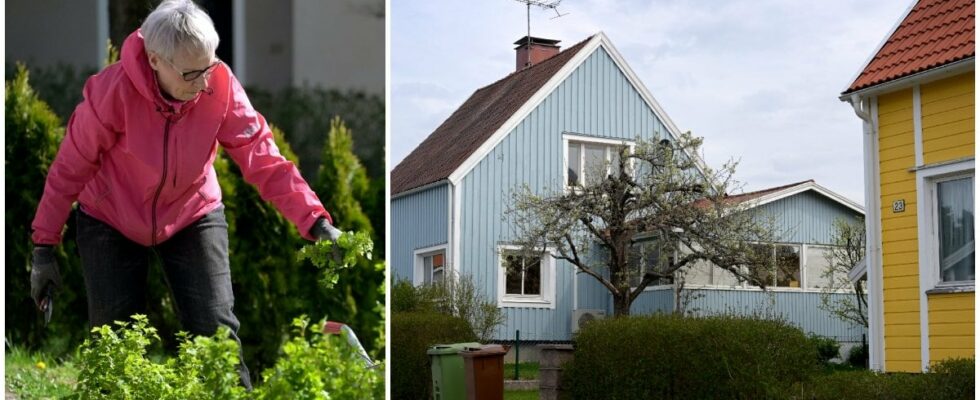In a short time, three people, in different places in Skåne, have been infected with legionella bacteria, which has led to them needing to go to hospital.
– We see the tip of the iceberg, those who come to hospital and receive the diagnosis. Then you often get a rather serious pneumonia where you need to be cared for inpatient with targeted antibiotic treatment, has Marianne Alanko Bloméassistant infectious disease doctor at Region Skåne, told South Sweden.
In all of these legionella cases, it concerns people who handled planting soil.
DO NOT MISS: Here are the bacteria that can lead to “flesh-eating” disease
Several people have been infected with legionella after being in contact with planting soil. Photo: Martina Holmberg/TT
READ MORE: Bathhouse closes due to legionella
Legionella can spread via both soil and water
According to Hans Lindholmspecialist doctor at My Doctorit is more common to be infected by Legionella from water than from soil.
– Legionella bacteria can be found in water pipes and water containers of various kinds. There is no danger in drinking the water, but if you inhale water droplets, i.e. aerosol, containing the bacteria, you can get sick. When it comes to being infected by legionella from planting soil, it is unusual, but it sometimes occurs in warmer climates, he tells News24 and continues:
– One explanation for the recent cases is the warm weather. In the case of infection from soil, it occurs by inhaling dust from dry soil, or inhaling aerosol when, for example, watering.
The legionella bacteria survive, according to Lindholm, in temperatures between 0 and 50 plus degrees.
– So when the water turnover in water pipes is low and the temperature is between 20 and 45 plus degrees, there is a higher risk of the bacteria occurring. When it comes to legionella bacteria in planting soil, it is more common in warmer climates.
Legionella bacteria survive in temperatures between 0 and 50 degrees Celsius. Photo: Erik Johansen/NTB/TT This way you reduce the risk of being infected by legionella
Hans Lindholm further states that there is no vaccine against legionella.
– However, there are other ways to reduce the risk of growth and spread of legionella bacteria, he says.
Here’s how you can reduce the risk:
Symptoms of Legionnaires’ disease
How serious is it to get legionella?
– Legionnaires’ disease is a form of pneumonia and those who suffer from it often get signs of pneumonia and symptoms such as fever and problems with breathing and coughing. There is a risk of becoming very ill from legionella and anyone who shows symptoms must absolutely seek care and receive treatment. The milder variant of legionella infection is called Pontiac fever, and it appears with flu-like symptoms, answers Hans Lindholm.
Photo: Anders Wiklund/TT
Anyone can, according to Lindholm, become infected by legionella bacteria, but suffering from severe Legionnaires’ disease is more common among people over 40 years of age.
– Men are affected to a greater extent than women, and smoking and heavy alcohol consumption are important risk factors. A weakened immune system, diabetes and impaired kidney function also carry a risk of more serious infection, says Lindholm.
READ MORE: Linda, 39, lives with leaking rash: “No one listens”
